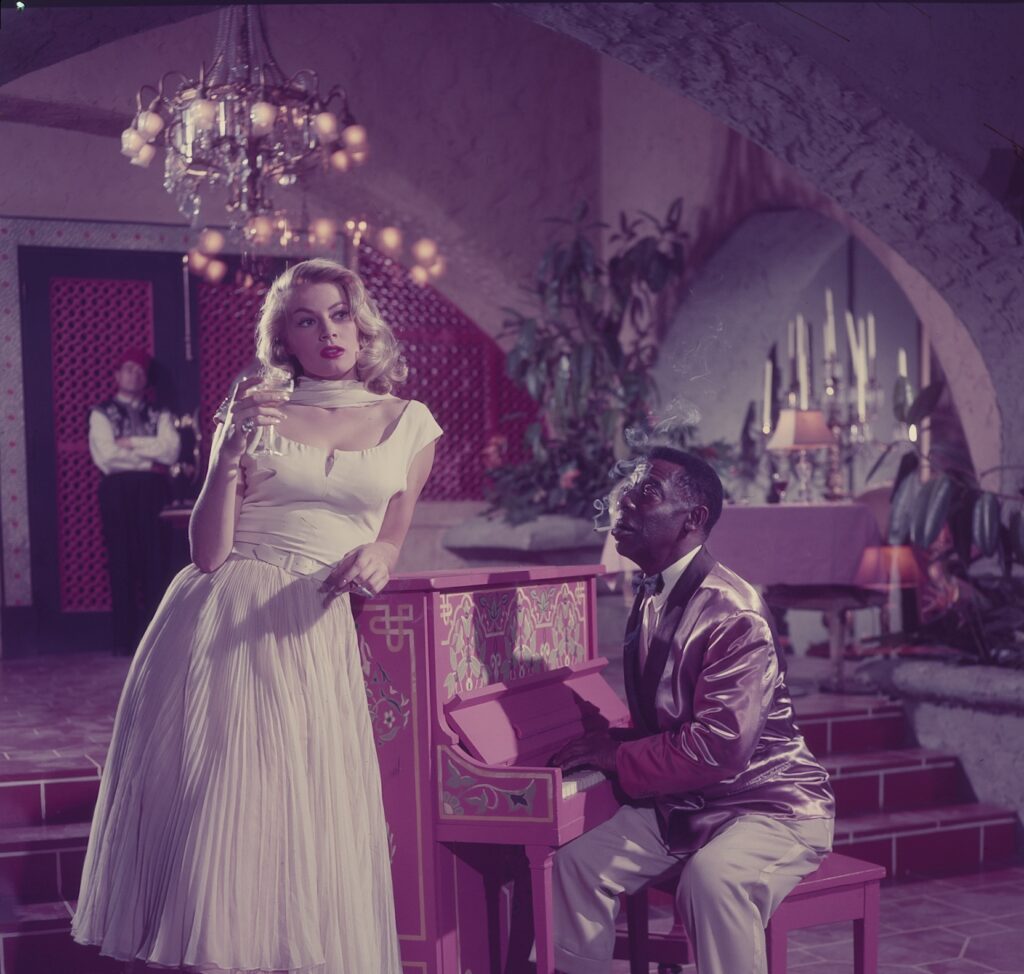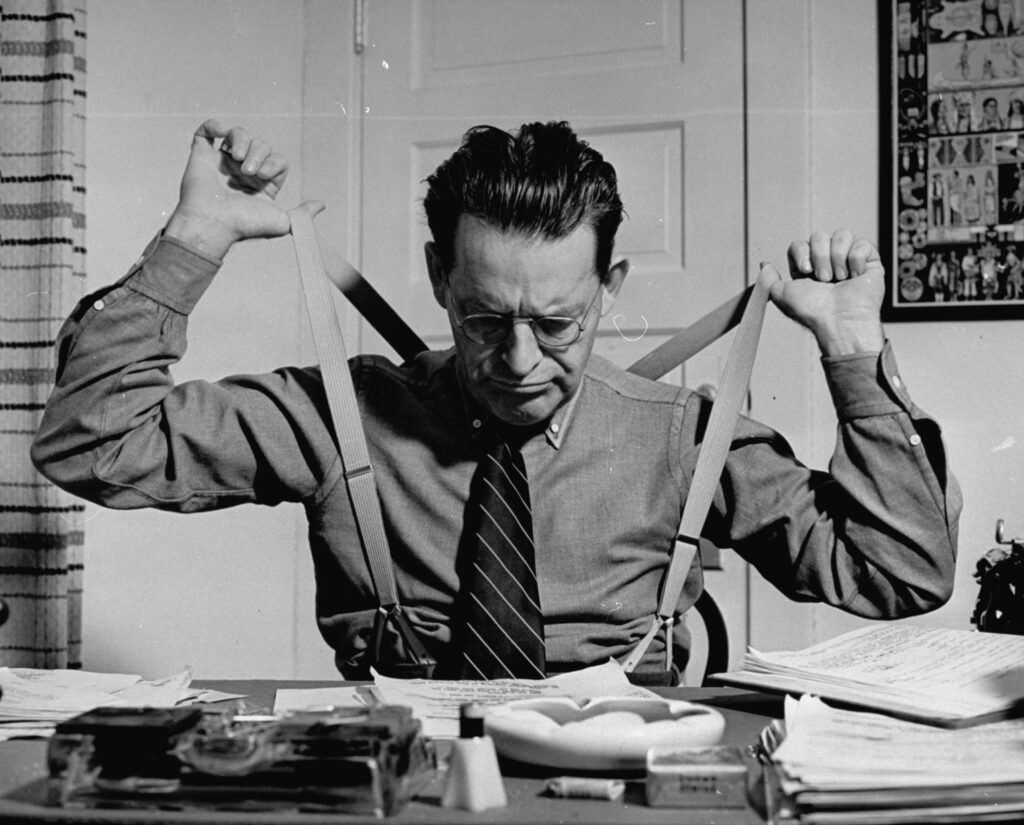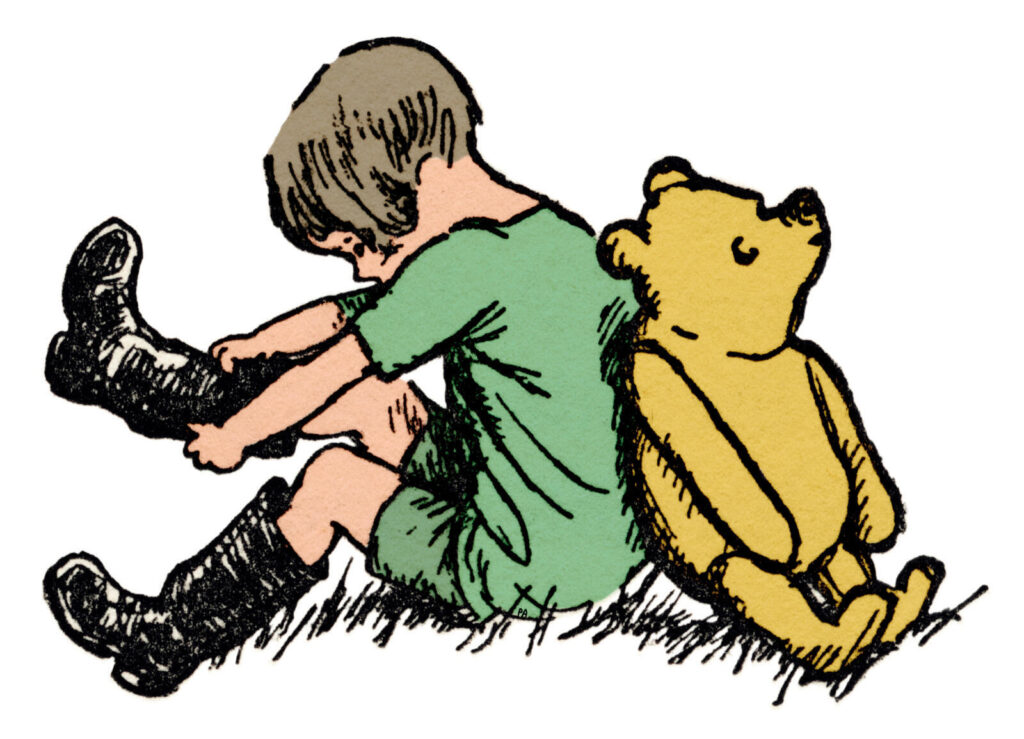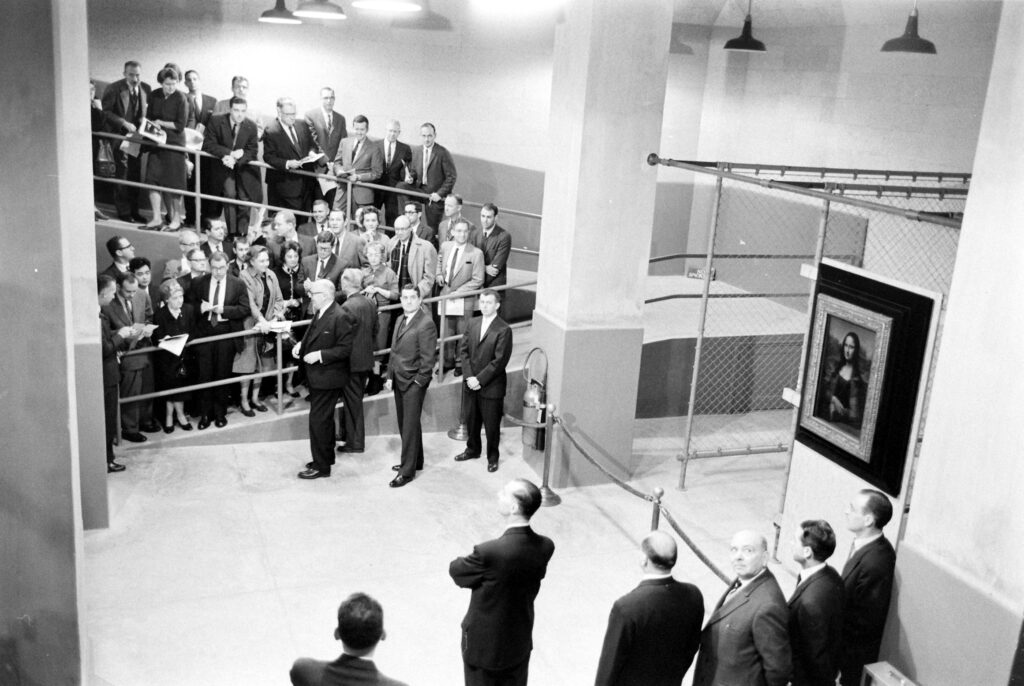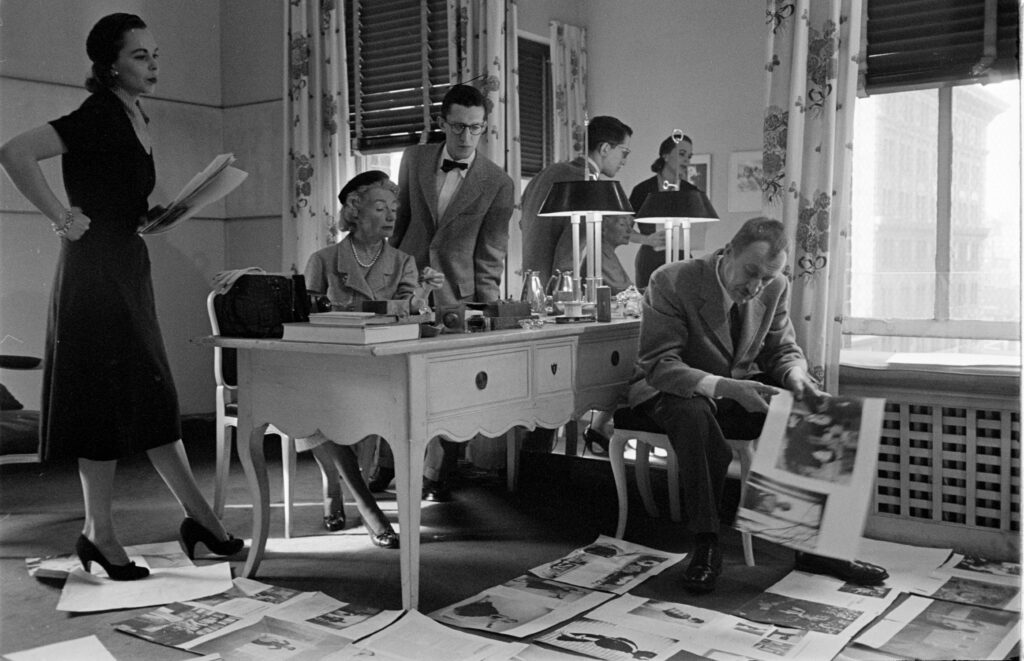John Olson was not much of a baseball fan. The LIFE photographer was better known for images of the Vietnam War and the American counterculture, so when he ended up in the middle of another piece of history, the Miracle Mets’ 1969 season, on an assignment to cover the MLB playoffs, he didn’t particularly appreciate the magic of the moment, to put it mildly. “I was bored,” he said recently about shooting the National League Championship Series in which Tom Seaver’s New York Mets swept the Atlanta Braves and Hank Aaron to advance to the World Series. “The most memorable thing about that assignment was that I was hit by a foul ball. I was in the press box.”
But the thing about it is, Olson’s lack of interest in the game itself produced a set of photos with its own kind of value a half-century removed from the moment. In the search for something that interested him, his eye ranged widely, and as a result his 494 images that reside in LIFE archives give a broad sense of what it was actually like to be in attendance at these historic games.
LIFE ran the story in its Oct. 17, 1969 issue, and Olson’s photos were paired with drawings by cartoonist Mort Gerberg in a feature titled “What Really Happened When a Very Nice Team From Atlanta Encountered a Force Known as the New York Mets.” While Olson doesn’t remember much about the terms of the original assignment, the result suggests that editors from the outset wanted more than straightforward game reportage. That’s how you end up with pictures like the ones Olson took of the boy outfitted for the game in his jacket, tie and baseball glove, yawning as he waits for a foul ball. Or of the man who played Chief Noc-a-Homa, the Braves’ long-since phased-out mascot, sitting in the dugout in glasses while waiting for a chance to set aside his spectacles and take to the field for a celebratory home run dance. Or shots of the funny signs that were on display at Shea Stadium in New York.
Baseball fans would give their eyeteeth to have been at these games; Olson’s images put viewers inside the stadium, head on a swivel.

A fan waited for a foul ball to come his way during the National League playoffs between New York Mets and Atlanta Braves, 1969.
John Olson/Life Pictures/Shutterstock

Atlanta’s Sonny Jackson took batting practice before a playoff game against the New York Mets, 1969.
John Olson/Life Pictures/Shutterstock

Casey Stengel, the first manager in franchise history, was on hand to watch the Mets in the playoffs, 1969.
John Olson/Life Pictures/Shutterstock

The National League playoffs between New York Mets and Atlanta Braves, 1969.
John Olson/Life Pictures/Shutterstock

The National League playoffs between New York Mets and Atlanta Braves, 1969.
John Olson/Life Pictures/Shutterstock

The National League playoffs between the New York Mets and Atlanta Braves, 1969.
John Olson/Life Pictures/Shutterstock

The National League playoffs between New York Mets and Atlanta Braves, 1969.
John Olson/Life Pictures/Shutterstock

The National League playoffs between New York Mets and Atlanta Braves, 1969.
John Olson/Life Pictures/Shutterstock

The National League playoffs between New York Mets and Atlanta Braves, 1969.
John Olson/Life Pictures/Shutterstock

Hank Aaron was welcomed home by his Braves teammates during the National League playoffs against the New York Mets, 1969.
John Olson/Life Pictures/Shutterstock

The Braves’ mascot, Chief Noc-a-Homa, in the dugout during a playoff game against the New York Mets, 1969.
John Olson/Life Pictures/Shutterstock

Chief Noc-A-Homa, the Atlanta mascot, performed a celebratory dance during a playoff game against the New York Mets, 1969.
John Olson/Life Pictures/Shutterstock

A successful pickoff during the National League playoffs between New York Mets and Atlanta Braves, 1969.
John Olson/Life Pictures/Shutterstock

A successful pickoff during the National League playoffs between New York Mets and Atlanta Braves, 1969.
John Olson/Life Pictures/Shutterstock

Second baseman Ken Boswell of the New York Mets tried to tag out Orlando Cepeda of the Atlanta Braves during a playoff game in Atlanta, 1969.
John Olson/Life Pictures/Shutterstock

Tommie Agee of the New York Mets greeted his teammate Cleon Jones at home plate after they both scored during a playoff game against the Atlanta Braves at Fulton County Stadium, 1969.
John Olson/Life Pictures/Shutterstock

The National League playoffs between New York Mets and Atlanta Braves, 1969.
John Olson/Life Pictures/Shutterstock

The National League playoffs between New York Mets and Atlanta Braves, 1969.
John Olson/Life Pictures/Shutterstock

The National League playoffs between New York Mets and Atlanta Braves, 1969.
John Olson/Life Pictures/Shutterstock

The National League playoffs between New York Mets and Atlanta Braves, 1969.
John Olson/Life Pictures/Shutterstock

The National League playoffs between New York Mets and Atlanta Braves, 1969.
John Olson/Life Pictures/Shutterstock

The National League playoffs between New York Mets and Atlanta Braves, 1969.
John Olson/Life Pictures/Shutterstock

The National League playoffs between New York Mets and Atlanta Braves, 1969.
John Olson/Life Pictures/Shutterstock

A view of the Braves dugout after losing a playoff game against the New York Mets, 1969.
John Olson/Life Pictures/Shutterstock













































































































